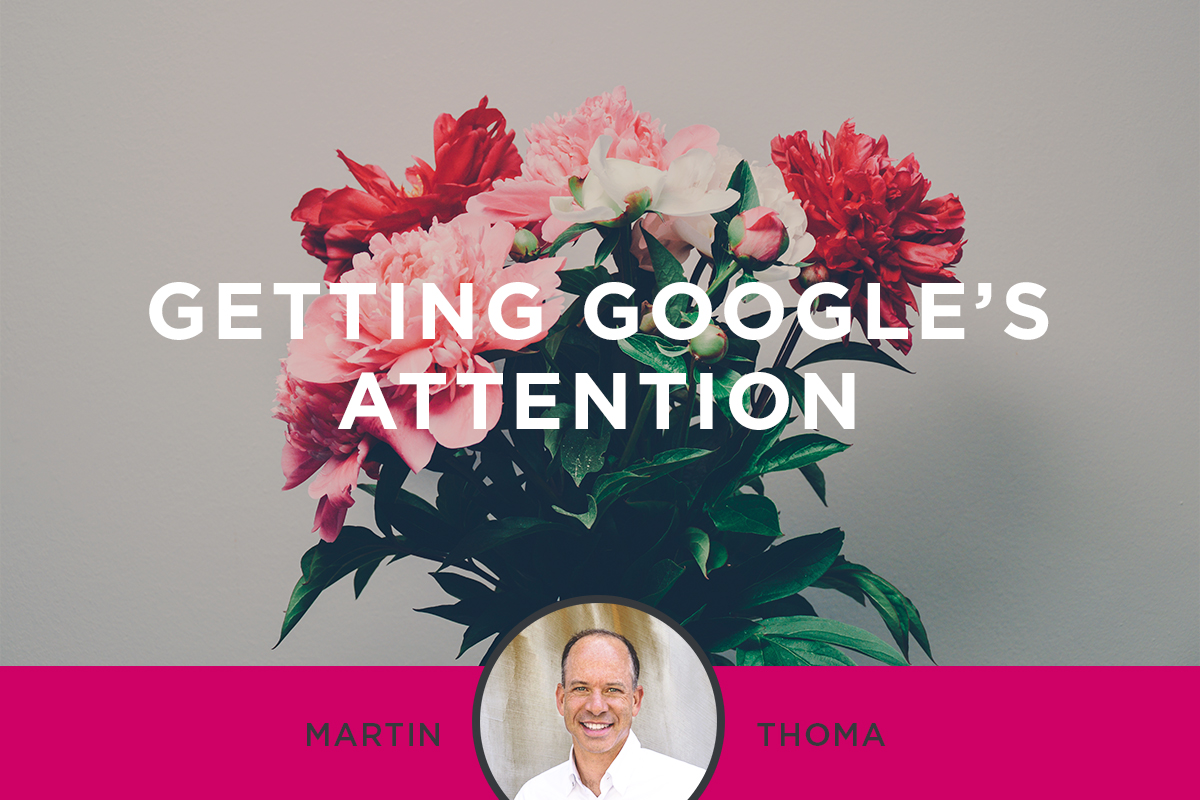A 128-year-old family business might not seem the most likely poster child for Internet savvy. But that was just the story for our client Tipton & Hurst when Google recently released its annual Economic Impact Report.
The search and Internet giant publishes the analysis each year to highlight the explosion of digital commerce and to report the economic contribution it makes in each state. The report also selects the one business from each state that best exemplifies a smart and effective digital presence.
How did our client Tipton & Hurst earn this recognition? By following the three principles we’ve identified to effectively “live your brand” online:
“See No Edges”
View the world as your customer sees it. For most consumers there is no “offline” or “online,” only a continuum. People move seamlessly across these borders and no longer make any distinction between them while evaluating their experience of brands and their expectations for customer service. Your company cannot afford to treat its diverse brand touchpoints differently.
Tipton & Hurst differentiates itself through a unique design esthetic, carefully curated gift, décor and floral collections and a bulletproof satisfaction guarantee. The web presence we built for the company brings these unique brand attributes alive online. For example, headlines and photos in prominently placed page banners confidently assert the brand voice, inviting customers into an online environment where it’s “satisfaction guaranteed since 1886.” Likewise, an extensive collection of TV appearances by lead designer Chris Norwood underscore the company’s passionate devotion of excellence in design. The site becomes a globally accessible brand ambassador.
Everything Counts, So Count Everything
The power of the web is that it produces “x-ray vision” into everything your visitors do online.
The power of the web is that it produces “x-ray vision” into everything your visitors do online.
Powerful, free software enables you to monitor, measure and report users’ online behavior in excruciating detail. This is critically important because even if you’re IBM, your marketing and digital resources are finite: you have to choose your priorities and focus like a laser. For Tipton & Hurst, we used analytics to “dial in” on the most productive search keywords, the highest performing content and the most productive pathways to purchase — driving the 30% year-over-year ecommerce growth that caught Google’s eye.
Here’s an example: every business wants to chase Facebook “likes” and our client did too. But recognizing that certain search terms drove vastly more conversions we focused resources on gaining higher search engine rankings for those words. I can assure you our client may be “outliked” on Facebook, but they are dominating the search terms that imply intent to purchase. This fact really speaks to imperative to “build websites that work.”
Blend Form and Function
Effective websites are purposeful and smart. They speak in a brand voice, express brand personality, look great. But they don’t exist to “do branding;” they exist to do real work — to attract the right visitors, inform and engage said visitors, and turn those visitors into prospects and customers. A website that works is actually the hub of an online marketing ecosystem integrating diverse and intertwined activities into a productive whole. In the best implementations, the site is essentially an online salesman that is shaking hands and sharing information with the external world and the internal customer relationship management system.
We made TiptonHurst.com go to work by beefing up its content, adding lead-generation tools and deploying lead-nurturing tactics. In its first six months, it generated dozens of new leads for weddings and events, connected customers to individual experts, and deepened the company’s knowledge of its customers.
Google liked that TiptonHurst.com uses the best online tools and services. But it also liked that the company had a comprehensive, cohesive digital strategy that smartly integrated website, marketing automation, social media and ecommerce solutions — the marketing ecosystem I described.
Google continues a major thrust to convince more small and mid-sized businesses to get online. It says even today, only about 60% of small businesses have a website. It says businesses that are online are expected to grow twice as fast and hire twice as many employees as businesses that are offline. It says that’s not surprising, because today 97% of Internet users look online for local products and services.
And it says that an Arkansas business started just a generation after the Civil War ended is a case-in-point that the most successful organizations today are continually reinventing and diving headfirst into the digital ocean.


